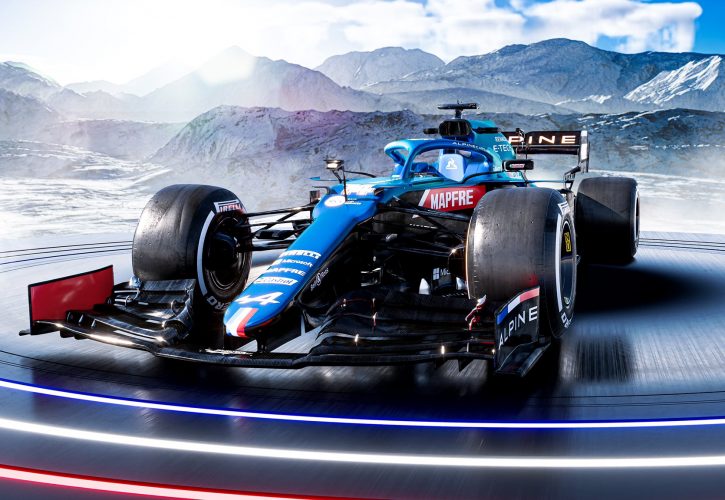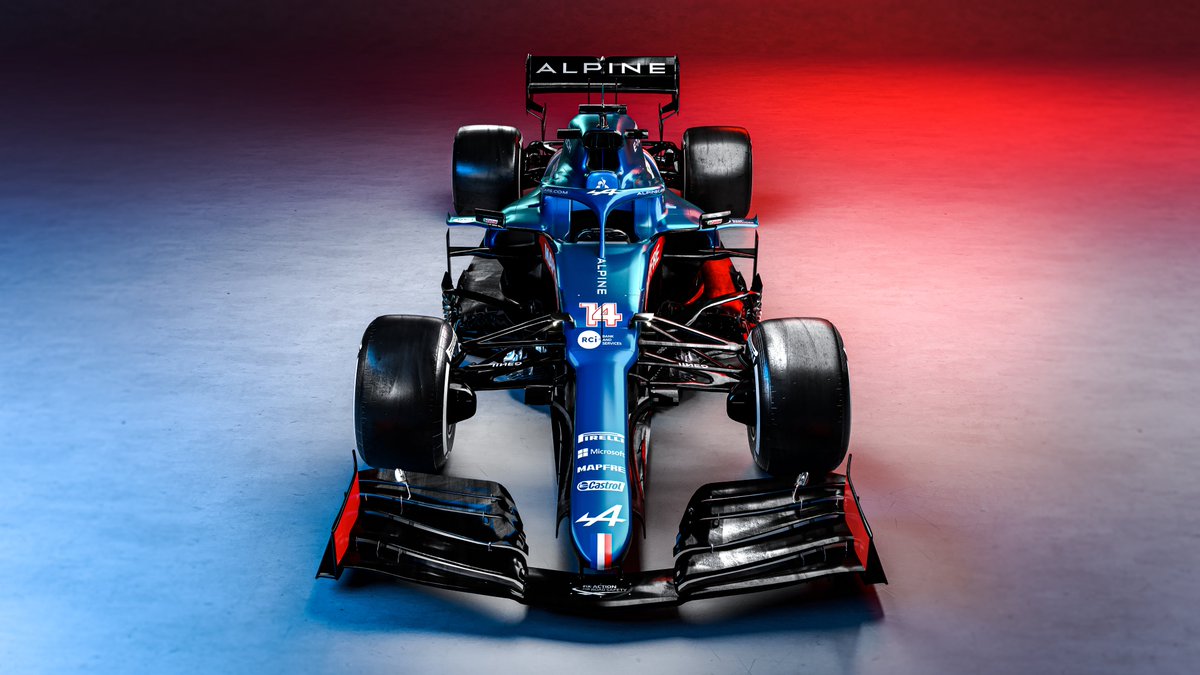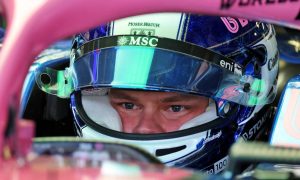
Alpine F1 chassis technical director Pat Fry and engine technical director Rémi Taffin say that this year's Alpine A521 will be a relatively cautious evolution of last year's Renault R.S.20.
With the technical rules unchanged this season - but a big shake-up on the horizon for 2022 - Fry said that there was a limit to the mount of work the design team had been able to put in over the short winter off-season.
"The 2021 car has a large amount of enforced carryover from the 2020 car," he confirmed at the launch of the A521 on Tuesday.
"This year’s car is a logical development from 2020, with us looking to improve on the aerodynamic performance while working around the structures that have been homologated between this year and last.
"There are a few things that look a little different, but it’s evolution rather than revolution," he added. "We’ve tried to do as much as the rules allow in terms of re-designing and improving the car."
Even so, a late aerodynamical rule change has led to a lot of last minute activity at Enstone.
"There’s a huge amount of work to do, our aerodynamic development program is now back up to speed after the enforced break," Fry said. "We’re in the process of delivering this to the Bahrain test and the first few races of the new season.
"The delayed rule changes to 2022, and with the FIA ban on testing to this set of rules in the CFD [computational fluid dynamics] and wind tunnels from the end of March 2020 to January of this year, meant all teams had to put their aero development on hold for next season’s cars.
"We picked this up in anger like all the teams will have done from 1 January this year. This still doesn’t leave a huge amount of time to adapt to a completely new set of regulations, but we are working hard on this new era along with developments for this season.
"There are challenges on all fronts both in terms of performance and the cost cap," he added. "The effect of which ramps up further for 2022 and then again for 2023. The whole company is taking on the challenge to shape the team for this new future in Formula 1."
A similar cautious approach extends to the Renault E-Tech 20B engine development programme based in Viry-Châtillon, with reliability over the course of a record 23-race season a top priority.

©Alpine
"For 2021 there are minimal changes to last year’s power unit specification since we commit to focus on 2022 after we had to shift by one year our original 2021 program," confirmed Taffin.
"The minimum weight requirement for the whole power unit has increased by 5kg as a cost-saving measure on material restrictions," he noted. "The plan is to secure our reliability while maintaining a high level of engine performance at every race.
"We aim to keep integrating the engine and the chassis as best as possible to maximise the overall package," he continued. "We have planned to introduce our engine upgrade, the R.E.20B from the first round of the 2021 Formula 1 season in Bahrain, which sets us up to deliver consistent performance at each and every race weekend.
"There is a restriction on power unit upgrades effective from the end of 2020 to the end of 2021, which places an emphasis on extracting maximum performance consistently, straight away from the first race.
"There are 23 races scheduled – we have anticipated this challenge well – and we know our package is already capable of achieving this figure," Taffin said. "From now on, every single minute of running will count for our drivers to learn the car and get the most out of it from round one.
"I’m looking forward to racing again this season, where more than ever finishing races will be key to the sporting outcome."
The team is targeting 'best of the rest' status in 2021 and third place in the constructors championship behind Mercedes and Red Bull, after falling behind McLaren and Racing Point in last year's final standings.
Gallery: The beautiful wives and girlfriends of F1 drivers
Keep up to date with all the F1 news via Facebook and Twitter





